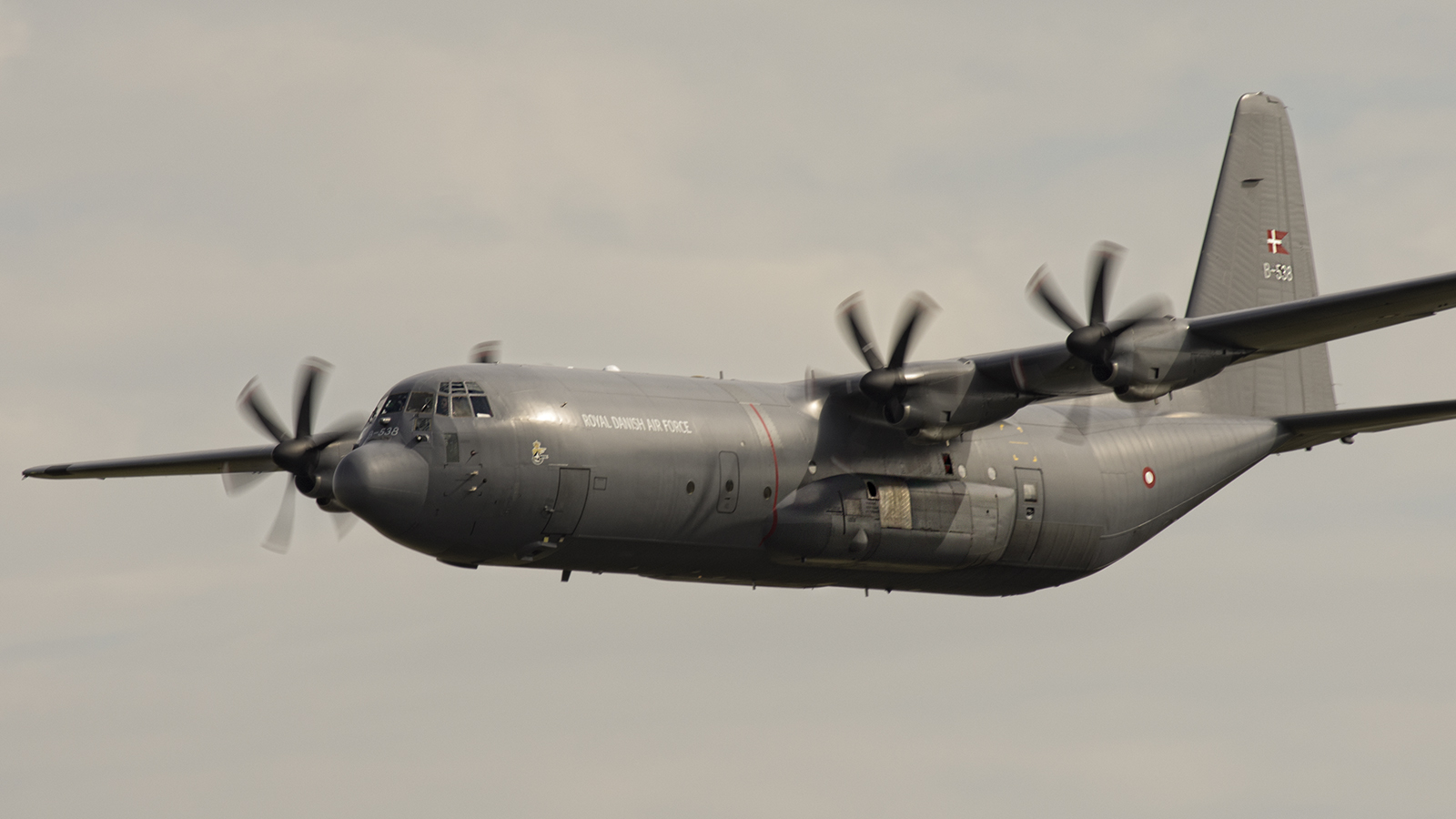
The C-130 Hercules is still longer in production than any aircraft in history. The C-130 Hercules was first flown in the form of a YC-130 prototype on August 23, 1954, first delivery to the USAF in December 1956. The C-130 design is based on a high wing, unobstructed cargo compartment, roll on/off ramp, palletized cargo floor, and flat level floor at truck-bed height above the ground.
The current basic transport Hercules, the C-130H was first delivered in April 1975, can be configured for cargo (5 463L pallets), paratroopers (64), combat troops (92), hospital litter patients (74), or any combinations of all of these.
The aircraft is capable of operating from rough, dirt strips and is the prime transport for Para dropping troops and equipment into hostile areas. Basic and specialized versions perform a diversity of roles, including airlift support, DEW Line and Arctic ice resupply, aero medical missions, aerial spray missions, fire-fighting duties for the US Forest Service, and natural disaster relief missions. In recent years, they have been used to bring humanitarian relief to many countries, including Haiti, Bosnia, Somalia, and Rwanda.
The L-100-20/30 Hercules is the stretched civilian version of the C-130H basic military model.
First flight of the new high-tech variant, C-130J-30 (RAF Hercules C4 ZH865) was on April 5, 1996. The C-130J’s new engine is the AE2100B3 with a new six-blade propeller, the cockpit has new flight control systems (glass-cockpit).
Lockheed C-130J Hercules
The C-130J incorporates state-of-the-art technology that significantly improves performance and reduces ownership costs. Lockheed Martin projections show the C-130J/J-30 will lower cost of ownership as much as 45% depending on the scenario used. Early model C-130s require more than 20 maintenance man-hours per flight hour (MMH/FH). The C-130J/J-30 will require 10 or less MMH/FH. The C-130J/J-30 integrated digital technology provides the capability to airdrop in instrument conditions without zone markers, as a baseline feature of the aircraft. When the high resolution ground mapping capability of the APN-241 Low Power Color Radar is coupled with the dual INS/GPS and digital mapping systems, the C-130J/J-30 provides single-ship or formation all weather aerial delivery. This means the entire J/J-30 fleet will be all weather airdrop capable. C-130Js will be delivered as weather (WC), electronic combat (EC), and tanker (KC) configured aircraft.
The United States Marine Corps has chosen the KC-130J tanker to replace its aging KC-130F tanker fleet. The new KC-130J offers increased utility and much needed improvement in mission performance. As a force multiplier, the J tanker is capable of refueling both fixed wing and rotary wing aircraft as well as conducting rapid ground refueling. The refueling speed envelope has been widened from 100 to 270 knots indicated airspeed, offering more capability and flexibility. Offload rates per refueling pod can be up to 300 gallons / 2,040 lbs (1,135 liters / 925 kg) per minute simultaneously. The J tanker’s offload is significantly greater than previous Herc tankers. As an example, at 1,000 nautical miles, the fuel offload is well over 45,000 lbs. Rapid ground refueling is also a premium capability. In austere conditions/scenarios, the KC-130J can refuel helicopters, vehicles, and fuel caches at 600 gallons / 4,080 lbs (2,270 liters / 1,850 kg) per minute. Additionally, the unique prop feathering capability while the engines are still running (“HOTEL Mode”) offers safer and more hospitable conditions for ground refueling than in the past.
The WC-130J Hercules is a special weather reconnaissance version of the new Lockheed Martin C-130J cargo plane. Its mission is to fly into the eye of hurricanes to retrieve critical information about active storms. The Air Force Reserve Command’s 53rd Weather Reconnaissance Squadron at Keesler Air Force Base, MS, a component of the 403rd Wing, is the only unit in the Department of Defense that flies this mission.
The standard C-130J has essentially the same dimensions as the C-130E/H but the J-30 (stretched version) is 15 feet longer. The J-30 incorporates two extension plugs, one forward and one aft. The forward plug is 100 inches long while the rear plug is 80 inches for a total of 180 inches or 15 feet. With its 3,000 nautical mile range, increased speed, and air refueling capability, it complements the C-5/C-17 airlift team. The J-30 can work in the strategic, as well as tactical or intratheater, environment. The J-30 can be an effective force multiplier in executing the US Army Strategic Brigade Airdrop (SBA). The J-30 can airdrop 100% of the SBA requirement. No longer is it necessary to expend scarce heavy lift resources on strategic contingency requirements. Whether it’s a channel, special airlift, training, or contingency airdrop mission, the J-30 can handle it all at a significantly reduced cost.
For the first time in the 40-plus year history of the popular Hercules transport, the US Air Force and Lockheed Martin Aeronautical Systems signed a commercial practices contract for the sale of C-130Js. Awarded on 06 November 1996, the basic contract includes an initial order for two aircraft, associated data, and spares, funded in fiscal year 1996. The contract also contains five years of options through the year 2000 for additional aircraft, interim contractor support, data, training, and support. By late 1996 Aeronautical Systems had completed assembly of the first “production” C-130J (Serial # 5440), one of 12 ordered by the Royal Australian Air Force.
Lockheed C-130 Special Missions Aircraft
MC-130E (Rivet Clamp) (Rivet Swap) (Rivet Yank) Three distinct versions of this model: Nine aircraft are of the Rivet Clamp version fitted with the Fulton recovery yoke together with an infra-red detection system, chaff / flare dispensers, and a tail cone-mounted radar warning receiver. Three Rivet Yank are similarly configured but lack the Fulton system and have T56-A-15 engines fitted, while the two Rivet Swap Hercules appear to be system evaluation aircraft.
EC-130E Rivet Rider witch are operated by the Pennsylvania ANG for psychological warfare duties. The Rivet Riders feature a large blade antenna on the leading edge of the fin along with another curved antenna beneath the wings outboard of the engines. Underwing pods and a rear fuselage pod contain trailing wire antennas.
Specifications: EC-130E
Weight: empty 33.063 kg.
Maximum payload 20412 kg.
Speed: 612 km/h.
Range: 7564 km.
Performance: maximum rate of climb at sea level 558 m per minute.
The HC-130N was fielded for rescue and for recovery of space capsules. They have Cook Aerial Trackers to locate satellite capsules during re-entry from orbit.
The HC-130P combined the rescue and recovery configuration and added a tanker mission, having under-wing refueling drogue pods previously developed for the US Marines KC-130F and used primarily to refuel rescue and special-operation helicopters.
| Developing Nation: | United States of America. |
| Manufacturer/designer: | Lockheed Martin Aeronautics Company. |
| Production line: | . |
| Task: | Global airlift. |
| First Flight: | – YC-130A August 23, 1954. – C-130A April 7, 1955. – C-130H November 1964. – L-100-30 December 3, 1979. – C-130J-30 April 5, 1996, ZH865. |
| First Delivery: | – C-130A December 1956. – C-130B April 1959. – C-130E April 1962. – C-130H April 1965 – C-130H2 1978. – C-130H3 1992. – C-130J 1996. – L-100 1964. – L-100-20 1968. – L-100-30 1970. – C-130H-30 1980. – C-130J-30 November 1999. |
| Last Delivery: | – C-130A November 1959. – C-130B March 1963. – C-130E March 1974. – C-130H – C-130H2 1992. – C-130H3 1997. – C-130J in production. – L-100 December 1968. – L-100-20 March 1981. – L-100-30. – C-130H-30 197. |
| Crew: | Five (two pilots, navigator, flight engineer and loadmaster) |
| ? | Lockheed C-130H Hercules |
| Wing span: | 40,41 m. |
| Wing area: | 161,12 m². |
| Wing aspect ratio: | 10,09 |
| Length: | 29,79 m. |
| Fuselage diameter: | 3,22 m. |
| Height: | 11,66 m. |
| Tail plane span: | 16,05 m. |
| Wheel track: | 4,35 m. |
| Wheelbase: | 9, 77 m. |
| Cabin length: | 12.31 m. |
| Cabin diameter: | 3.12 m. |
| Cabin height: | 2.74 m. |
| Rear ramp length: | 3.12 m. |
| Rear ramp width: | 3.02 m. |
| Cargo volume: | 127 m³ |
| Engine (s): | Four Allison T56-A-15 turboprops each rated 4.591 hp. |
| Propeller: | diameter 4.11 m. |
| Weight: | – empty: 31.434 Kg. – fuel: 19.116 liter. – external fuel: 2 under wing tanks 1703 liter. – max. payload: 19.090 Kg. |
| Max. Take off weight: | 69.750 kg. |
| Max. Speed: | Km/h. 366 mph |
| Max. cruise at low altitude: | 595 km/h. |
| Service ceiling: | 7.077 m with 19,090 kg payload. |
| Max. Range: | km. |
| Performance: | – take-off run 1.311 m at max. take-off weight. – max. rate of climb at sea level610 m/min. |
| Under wing hard points: | 2 |
| Lockheed C-130H-30 Hercules | |
| Crew: | Five (two pilots, navigator, flight engineer and loadmaster) |
| Length: | 34,37 m. |
| Fuselage diameter: | 3,22 m. |
| Height: | 11,66 m. |
| Tail plane span: | 16,05 m. |
| Wheel track: | 4,35 m. |
| Cabin length: | 16,91 m. |
| Cabin diameter: | 3.12 m. |
| Cabin height: | 2.74 m. |
| Rear ramp length: | 3.12 m. |
| Rear ramp width: | 3.02 m. |
| Cargo volume: | 170,5 m³. |
| Engine (s): | Four Allison T56-A-15LFE turboprops each rated 4.591 hp. |
| Propeller: | diameter 4.11 m. |
| Weight: | – empty: 36.397 Kg. – fuel: 19.116 liter. – external fuel: 2 under wing tanks 1703 liter. – max. payload: 17.654 Kg. |
| Max. Take off weight: | 79.310 kg. |
| Max. Speed: | 602 Km/h. |
| Cruise speed: | 556 km/h. |
| Range: | 7.876 km. |
| Service ceiling: | 10.060 m. |
| Lockheed C-130J Hercules | |
| Crew: | 2 pilots and loadmaster. |
| Length: | 29,79 m. |
| Fuselage diameter: | 3,22 m. |
| Height: | 11,66 m. |
| Tail plane span: | 16,05 m. |
| Wheel track: | 4,35 m. |
| Wheelbase: | 9, 77 m. |
| Cabin length: | 12.31 m. |
| Cabin diameter: | 3.12 m. |
| Cabin height: | 2.74 m. |
| Rear ramp length: | 3.12 m. |
| Rear ramp width: | 3.02 m. |
| Cargo volume: | 127,4 m³. |
| Combat delivery capability: | – 5 pallets. – 74 litters. – 16 cds bundles. – 92 combat troops. – 64 paratroops. |
| Engine (s): | Four Rolls-Royce AE 2100D3 turboprops each rated 4.700 hp. |
| Propeller: | Dowty Aerospace, all composite six blade R391 propellers diameter 4,15 m. |
| Weight: | – empty: 34.275 Kg. – fuel: 25.522 liter. – external fuel: 2 under wing tanks 1703 liter. – max. payload: 19.090 Kg. |
| Max. take off weight: | 70.305 kg. |
| Max. landing weight: | 58.965 kg. |
| Max. speed: | 724 Km/h. |
| Service ceiling: | 7.077 m with 19.090 kg payload. |
| Performance: | – take-off run 594 m at max. take-off weight. – max. rate of climb at sea level?610 m/min. |
| Lockheed C-130J-30 Hercules | |
| Crew: | 2 pilots and loadmaster. |
| Length: | 34,37 m. |
| Fuselage diameter: | 3,22 m. |
| Height: | 11,66 m. |
| Tail plane span: | 16,05 m. |
| Wheel track: | 4,35 m. |
| Wheelbase: | 9,77 m. |
| Cabin length: | 16,91 m. |
| Cabin diameter: | 3.12 m. |
| Cabin height: | 2.74 m. |
| Rear ramp length: | 3.12 m. |
| Rear ramp width: | 3.02 m. |
| Cargo volume: | 170,5 m³. |
| Combat delivery capability: | – 8 pallets. – 97 litters. – 24 cds bundles. – 128 combat troops. – 92 paratroops. |
| Engine (s): | Four Rolls-Royce AE 2100D3 turboprops each rated 4.700 hp. |
| Propeller: | Dowty Aerospace, all composite six blade R391 propellers diameter 4,15 m. |
| Weight: | – empty: 35.996 Kg. – fuel: 25.522 liter. – external fuel: 2 under wing tanks 1703 liter. – max. payload: 20,227 Kg. |
| Max. take off weight: | 74.393 kg. |
| Max. landing weight: | 58.965 kg. |
| Max. speed: | 724 Km/h. |
| Max. range: | 5.556 km. |
| Service ceiling: | 7.077 m with 19,090 kg payload. |
| C-130A variants: | C-130B variants: | C-130E variants: | C-130H variants: | L-100 commercial: |
| YC-130 2
C-130A 204 C-130D 12 RC-130A 15 ____________ 233 |
C-130B 156
C-130F 7 HC-130B 12 KC-130F 46 LC-130F 4 WC-130F 5 _____________ 230 |
C-130E 486
C-130G 4 EC-130E 1 ___________ 491 |
AC-130U 13
C-130H 690 C-130H-30 56 C-130HMP 4 C-130K 66 C-130T 20 EC-130V 1 EC-130Q 18 HC-130H 67 HC-130H-7 11 HC-130H(N) 6 HC-130N 15 HC-130P 20 KC-130H 22 KC-130R 14 KC-130T 26 KC-130T-30 2 LC-130H 7 LC-130R 6 MC-130H 24 _______________ 1087 |
118 |
| The Lockheed C-130 variants are in service by over 60 air forces.
Military operators of the C-130 are: |
||||||
| C-130A | C-130B | C-130E | C-130H | C-130H-30 | L-100 | C-130J |
| Australia
Bolivia Chad Honduras Mexico Peru United States: CIA USAF USN |
Argentina
Bangladesh Bolivia Botswana Columbia Chile Ecuador Ethiopia Greece Indonesia Jordan Pakistan Philippines Romania Singapore South Africa Tunis Turkey United States: USAF USCG USMC USN CIA |
Australia
Austria Argentina Brazil Canada Iran Iraq Israel Mexico Pakistan Saudi Arabia Sri Lanka Sweden United States: USAF USCG CIA |
Abu Dhabi
Algeria Argentina Australia Belgium Bolivia Brazil Cameroon Canada Chad Chile Columbia Denmark Dubai Egypt France Gabon Greece Indonesia Iran Israel Italy Japan Jordan Libya Malaysia Morocco Netherlands New Zealand Niger Nigeria Norway Oman Philippines Portugal Romania Saudi Arabia Singapore South-Korea Spain Sri Lanka Sudan Sweden Taiwan Thailand Tunis Turkey United Kingdom United States: USAF USCG USMC USN NASA Venezuela Yemen Zaire |
Algeria
Cameroon Chad Dubai Egypt France Indonesia Malaysia Netherlands Nigeria Portugal Saudi Arabia South Korea Thailand United Kingdom United States: USMC |
Canada
Gabon Indonesia Kuwait Pakistan Peru Philippines UA Emirates United States: CIA |
United Kingdom
Italy United States |
|
Lockheed C-130 Hercules written-off by accidents:
|




























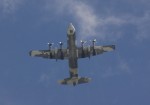
















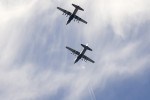
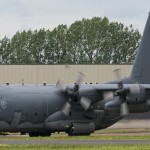
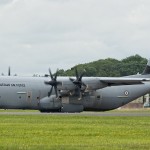
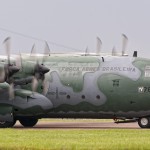
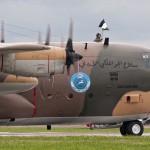
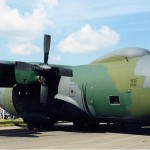

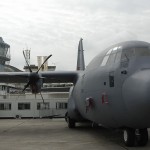
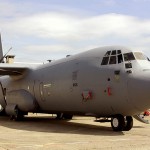

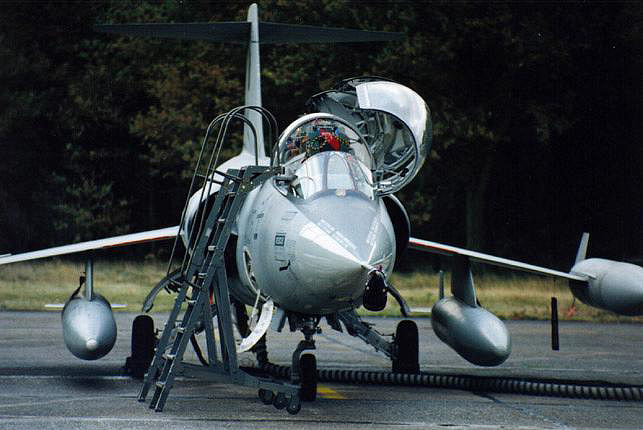
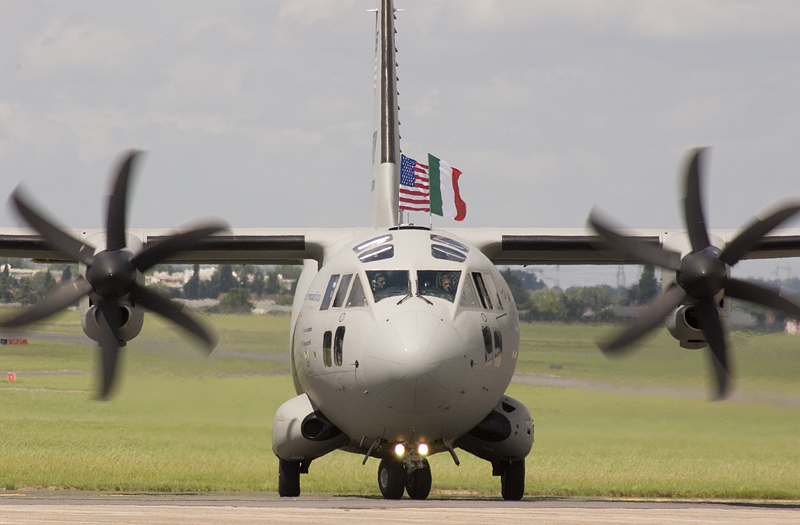
Be the first to comment